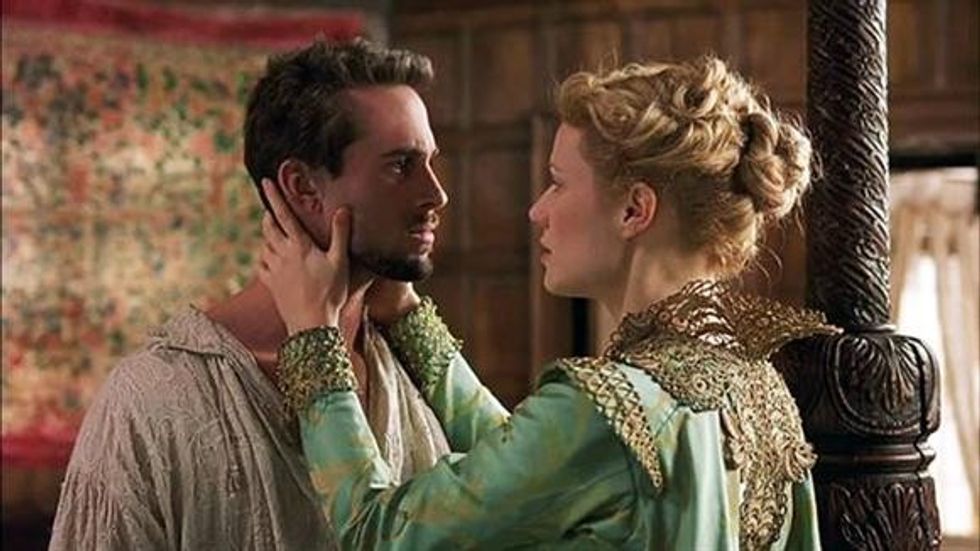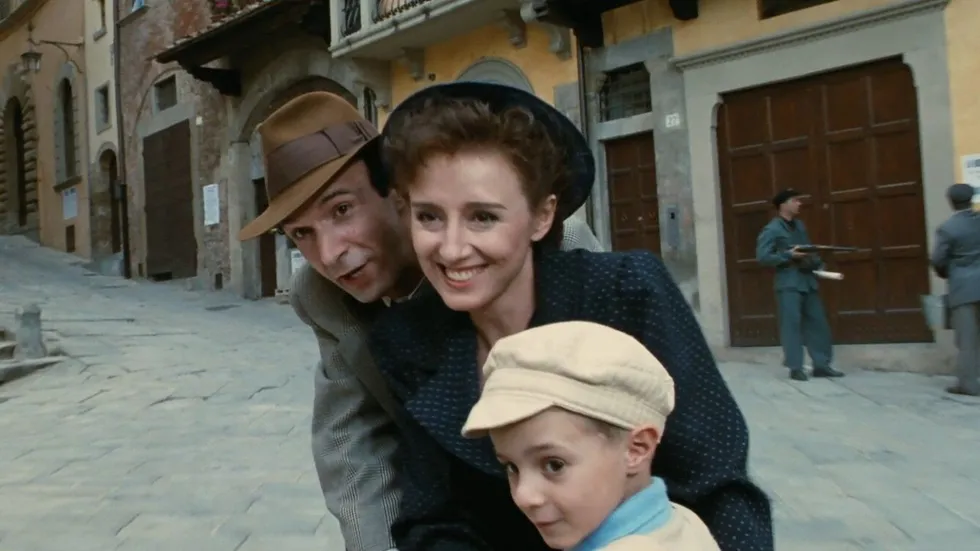
Film genres and subgenres are numerous, but one that has stood out for its unique ability to combine the contrasting elements of tragedy and comedy is tragicomedy.
I don’t know about you, but I like something that catches me off guard and keeps me on the edge of my seat. Am I going to laugh in the next scene or cry?
This genre and literary device is no stranger to film, theater, and literature, weaving tales that expertly balance deep emotions with moments of levity.
If you learn how to master it, you can generate some awesome specs.
Let’s explore the world of tragicomedy.
Bard101x: Defining Tragicomedy
www.youtube.com
Tragicomedy Definition
Tragicomedy is a genre that blends the elements of tragedy and comedy. Instead of providing viewers with a purely comedic or tragic narrative, it mixes both laughs and tears to strike an unusual balance.
This duality allows audiences to experience a roller-coaster of emotions, transitioning between laughter and tears, often within moments of each other.
Where Did Tragicomedy Come From?

Tragicomedy dates back to the Ancient Greeks, where playwrights like Plautus and Terence penned works that didn’t neatly fit into the boxes of traditional tragedy or comedy. The Renaissance period, especially in Italy, saw a revival of tragicomedy in plays by writers like Giovanni Battista Guarini.
Shakespeare is often considered a master of tragicomedy, with plays like The Winter’s Tale and The Merchant of Venice showcasing elements of both tragedy and comedy.
Now, we see that transcend into film and TV.
Tragicomedy Examples in Film

Tragicomedies are some of my favorite movies. I really love movies that find a balance between what is expected an unexpected.
Here are some great examples of the subgenre:
- Life is Beautiful (1997): Directed by Roberto Benigni, this film tells the story of a Jewish librarian and his son becoming victims of the Holocaust. Despite the grim setting, the father uses humor to shield his son from the atrocities around them.
- The Truman Show (1998): While it has comedic elements with Jim Carrey’s performance, it’s also a story of a man trapped in a reality TV show, struggling with issues of freedom, privacy, and personal identity.
- Silver Linings Playbook (2012): This film combines romance, comedy, and the hard-hitting subject of mental illness, showing that even in life’s darkest moments, there can be humor and hope.
- Birdman (2014): A tale of a faded Hollywood star trying to regain his former glory. This film uses comedy to mask the underlying themes of desperation, ego, and the quest for relevance.
Why Do Tragicomedies Resonate?

The beauty of tragicomedy lies in its ability to mirror real life. Life isn’t just full of highs or lows but is often a blend of the two. Moments of levity can be found even in the darkest times, and sometimes humor is a coping mechanism during periods of despair.
They can make you feel deeply, then laugh, Laugh so much you forget the pain, and then bring that pain back.
Tragicomedy allows filmmakers and storytellers to address serious subjects without overwhelming audiences. By incorporating comedic elements, these stories become more palatable and can even foster deeper connections with the audience.
Whether you’re a filmmaker or just an avid moviegoer, understanding the nuances of tragicomedy can enrich your appreciation of the craft and deepen your connection to stories that capture the full spectrum of human emotion.
So go get writing.
Author: Jason Hellerman
This article comes from No Film School and can be read on the original site.
